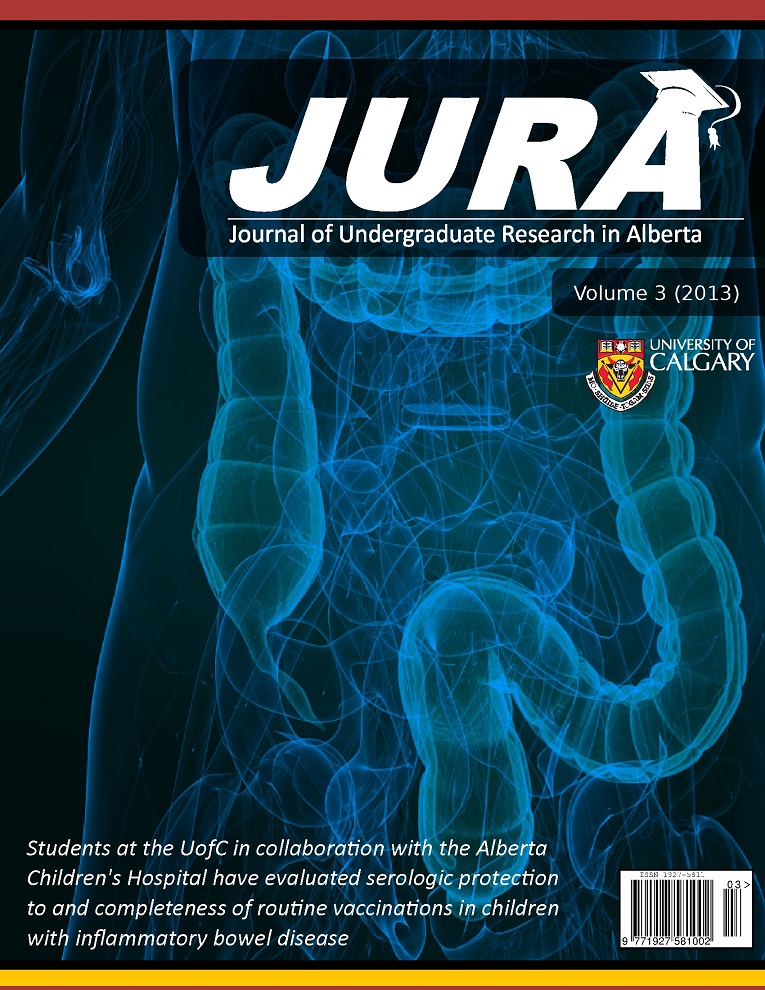Foul-weather feminism: an analysis of short-term labour and economic trends
Keywords:
feminism, economics, labour, childcareAbstract
We find evidence that a net influx of female workers during minor economic shocks has a mediating influence on GDP (r=-0.29102, N=57, p=0.02807 is a typical result), consistent with the monetizing of underpaid child care. We also find evidence for a reverse correlation during a crisis situation (r=0.46345, N=42, p=0.00200), a similar pair of effects involving a net male influx (r=-0.38041, N=44, p=0.01086, for instance), and use the latter to calculate the global gender income gap (between 42% and 58%).References
1. G. Becker, “The Economics of Discrimination,” 1st ed. University of Chicago Press, 1957.
2. D. Weichselbaumer, R. Winter-Ebmer, “A Meta-Analysis of the International Gender Wage Gap,” IZA Discussion paper series, No. 906, 2003. http://hdl.handle.net/10419/20143
3. Barbara R. Bergmann, "Feminism and Economics." Women's Studies Quarterly , Vol. 18, No. 3/4 (Fall - Winter, 1990), pp. 69
4. Jochimsen, Maren, and Ulrike Knobloch. "Making the hidden visible: the importance of caring activities and their principles for any economy." Ecological Economics 20.2 (1997), pp. 108
5. Donath, Susan. "The other economy: A suggestion for a distinctively feminist economics." Feminist Economics 6.1 (2000), pp. 115-116
6. Ibid. pp. 116
7. Ibid, pp. 115
8. Folbre, Nancy. "Measuring care: Gender, empowerment, and the care economy." Journal of human development 7.2 (2006), pp. 183-199.
9. World Development Indicators, The World Bank. Updated September 2012. http://data.worldbank.org/data-catalog/world-development-indicators
10. Kliesen, Kevin L. "The 2001 recession: How was it different and what developments may have caused it?." REVIEW-FEDERAL RESERVE BANK OF SAINT LOUIS 85.5 (2003), pp. 23.
11. A. Quisumbing, et al. “Women: The key to food security.” Washington, DC: International Food Policy Research Institute, 1995. pg. 1.
12. Statistics Canada. Table 202-0101 - Distribution of earnings, by sex, 2010 constant dollars, annual, CANSIM (database).
2. D. Weichselbaumer, R. Winter-Ebmer, “A Meta-Analysis of the International Gender Wage Gap,” IZA Discussion paper series, No. 906, 2003. http://hdl.handle.net/10419/20143
3. Barbara R. Bergmann, "Feminism and Economics." Women's Studies Quarterly , Vol. 18, No. 3/4 (Fall - Winter, 1990), pp. 69
4. Jochimsen, Maren, and Ulrike Knobloch. "Making the hidden visible: the importance of caring activities and their principles for any economy." Ecological Economics 20.2 (1997), pp. 108
5. Donath, Susan. "The other economy: A suggestion for a distinctively feminist economics." Feminist Economics 6.1 (2000), pp. 115-116
6. Ibid. pp. 116
7. Ibid, pp. 115
8. Folbre, Nancy. "Measuring care: Gender, empowerment, and the care economy." Journal of human development 7.2 (2006), pp. 183-199.
9. World Development Indicators, The World Bank. Updated September 2012. http://data.worldbank.org/data-catalog/world-development-indicators
10. Kliesen, Kevin L. "The 2001 recession: How was it different and what developments may have caused it?." REVIEW-FEDERAL RESERVE BANK OF SAINT LOUIS 85.5 (2003), pp. 23.
11. A. Quisumbing, et al. “Women: The key to food security.” Washington, DC: International Food Policy Research Institute, 1995. pg. 1.
12. Statistics Canada. Table 202-0101 - Distribution of earnings, by sex, 2010 constant dollars, annual, CANSIM (database).
Downloads
Additional Files
- Figure 1: Sorted correlations between percentage of women employed, verses GDP per employee and GDP per capita.
- Figure 2: A comparison of Flux and Variance correlations for various partitions.
- Figure 3: A comparison of the top six outliers within each partition.
- Figure 4: A comparison of the top six outliers for each partition.
- Figure 6: Best-fit curve for the Balanced partition window.
Published
2013-07-18
Issue
Section
Articles
License
Authors retain all rights to their research work. Articles may be submitted to and accepted in other journals subsequent to publishing in JURA. Our only condition is that articles cannot be used in another undergraduate journal. Authors must be aware, however, that professional journals may refuse articles submitted or accepted elsewhere—JURA included.


